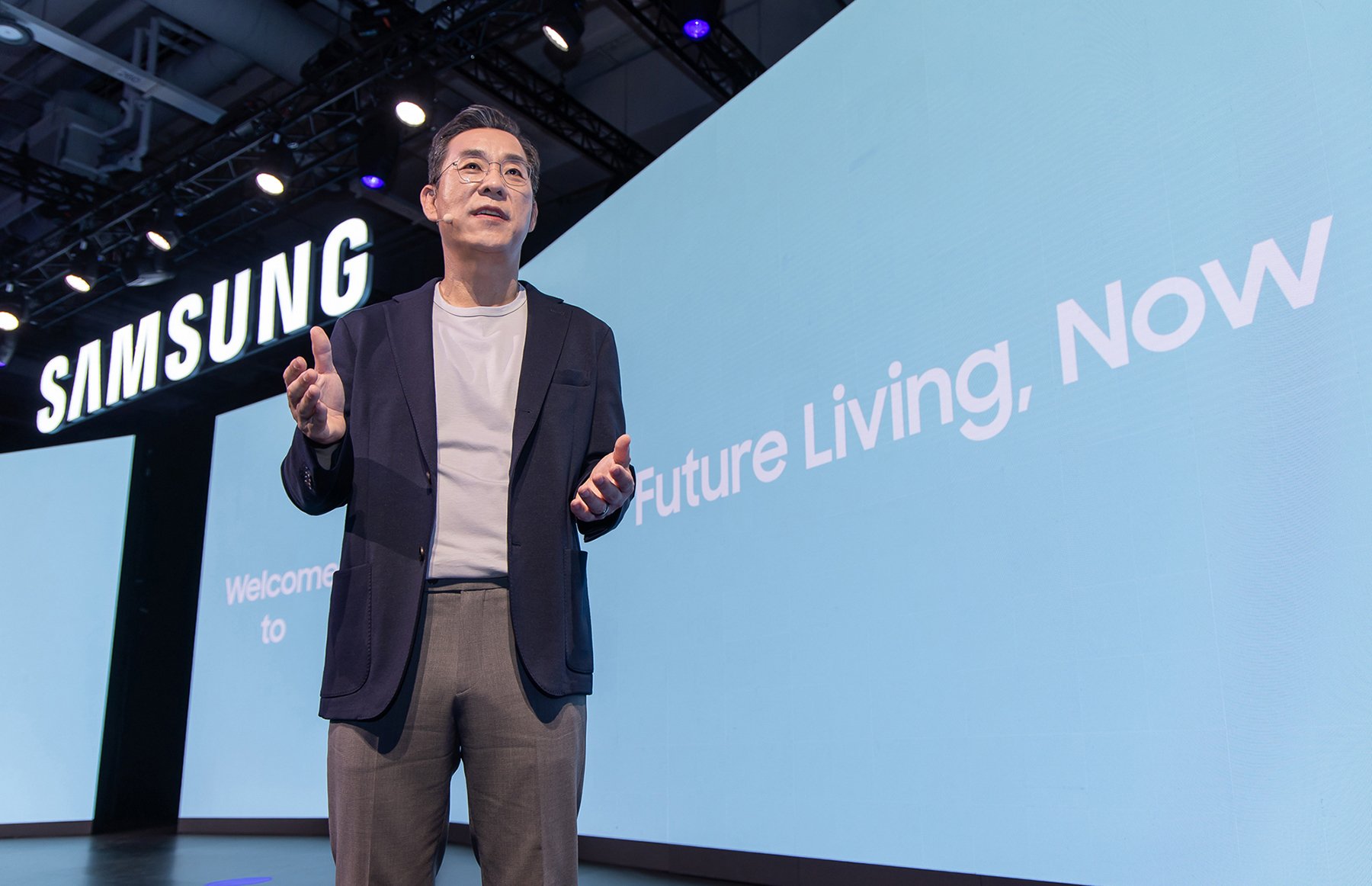Australia is entering a pivotal era in its urban transformation. From Sydney’s LED streetlight upgrades to the ambitious Western Parkland City initiative, the nation’s push toward smarter, more connected environments is redefining how cities function and opening a wave of opportunities for the AV and integration industry.
The Rise of Smart Infrastructure
Across the country, governments are investing heavily in technologies that link physical spaces with digital systems. In Western Sydney, the Western Parkland City is being built as one of Australia’s first fully digital urban regions. Equipped with smart poles, IoT-enabled street furniture, and high-capacity data infrastructure, the project represents a national test bed for large-scale smart integration.
Supporting this vision, the SmartNSW Roadmap 2022–27 outlines 14 actions to accelerate adoption of intelligent technologies, from data-led decision-making to the standardisation of smart systems across government and business. These efforts are not limited to metropolitan centres. Programs such as Smart Regional Spaces aim to bring connectivity and smart infrastructure to councils across rural New South Wales, ensuring the benefits of digital transformation are shared more evenly nationwide.
Meanwhile, in Sydney’s city centre, over 16,000 streetlights are being upgraded with IoT-ready LED systems, creating a network that supports not only lighting control but future data, sensor and communication functions.
What This Means for Integration Professionals
For AV and systems integrators, the smart city movement represents more than an upgrade in technology it signals a shift in how cities think about communication, safety and user experience. Integration is no longer confined to offices or campuses; it now extends to public squares, transit hubs and entire city districts.
As digital infrastructure expands, so too does the need for expertise in connecting multiple layers from IoT sensors and data platforms to signage, lighting, and environmental controls. These projects demand coordination across AV, IT and urban design disciplines. Integrators with the ability to translate technical systems into real-world experiences are fast becoming essential partners in public-sector innovation.
Smart city technology is also driving demand for interoperability systems that can talk to each other seamlessly. A single connected lighting pole, for example, might also host public Wi-Fi, CCTV, EV charging, or digital displays. The integrator’s role is increasingly about creating a unified platform that can adapt to new technologies and data streams over time.
Beyond Technology: The Broader Vision
Australia’s smart city agenda isn’t just about convenience; it’s about resilience, sustainability and citizen wellbeing. According to the NSW Smart Places Strategy, data-led solutions could help reduce commute times by up to 20%, lower energy use, and improve urban accessibility.
Yet challenges remain. A recent industry report warned that Australia risks falling behind more advanced markets when smart technologies aren’t embedded early in development. Over half of surveyed stakeholders said smarter design and integration could unlock better safety, sustainability and liveability outcomes.
For integrators, that’s a call to action. Whether in city councils, new precincts, or regional developments, those who understand the intersection between infrastructure, data and human experience will help shape the connected environments of the future.





